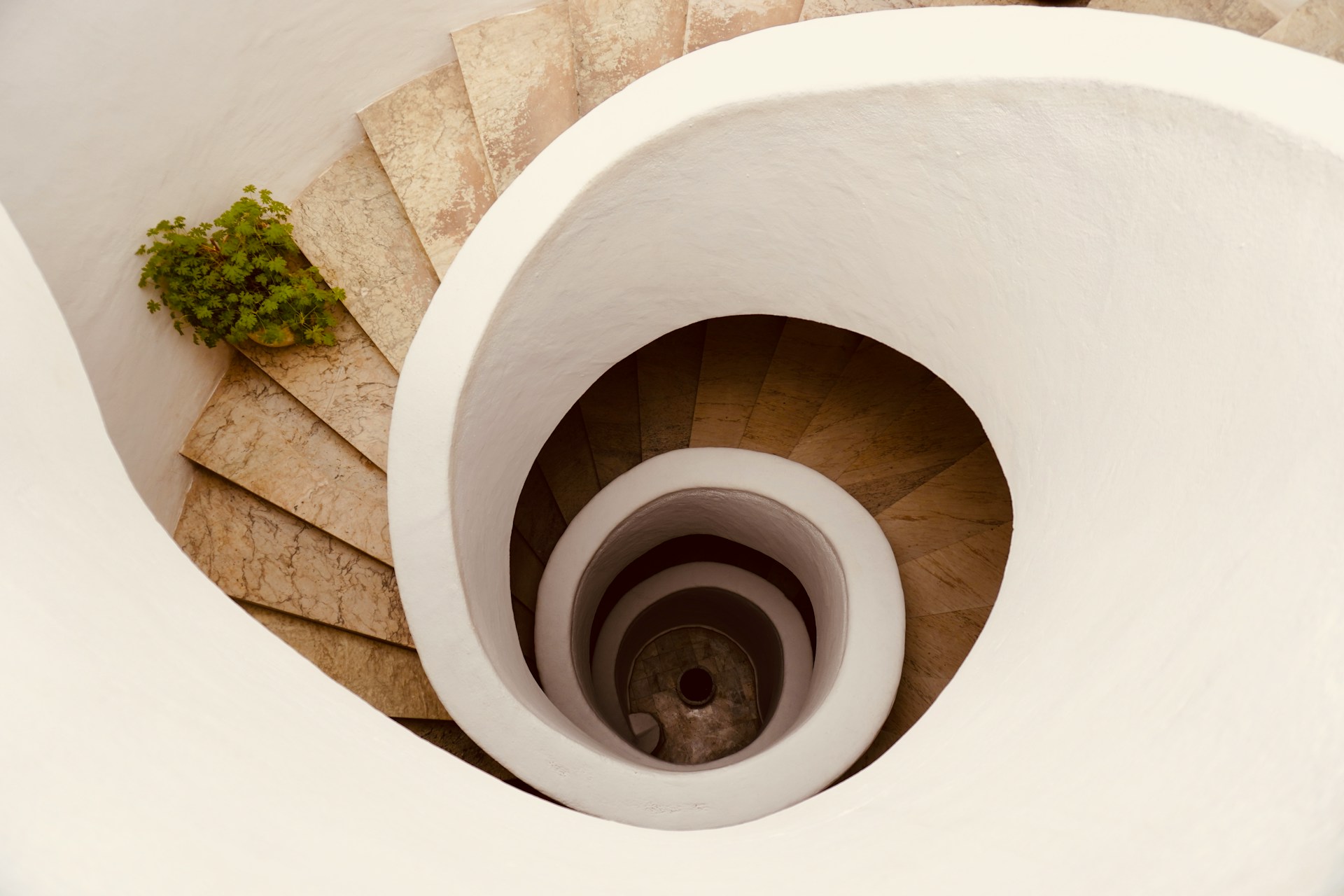What Is Intuition in a World of Unlimited Intelligence?
By Rashid Azarang

I used to think of intuition as a shortcut.
A fast answer. A quiet knowing.
Something that showed up without asking, pointed toward something true, and then slipped away before I could explain it.
Sometimes it was right. Sometimes it wasn’t.
But it usually felt clear.
Lately, that clarity feels different.
Not gone—just harder to hear.
And it’s not because I’ve stopped trusting myself.
It’s because the world I’m thinking in has changed.
We’re surrounded now by systems that can generate almost anything.
Plans. Essays. Strategies. Even new philosophies.
It’s no longer hard to get intelligence.
The hard part is knowing what to do with it all.
What to follow. What to ignore.
What still matters.
So I’ve stopped thinking of intuition as a way to skip the process.
It’s become something else entirely.
Not a shortcut, but a signal.
A way of sensing where to start.

Now, when I feel that quiet pull, it doesn’t push me to the answer.
It nudges me toward the question that wants to be asked.
The thing that’s alive.
That sense doesn’t come out of nowhere.
It’s made of everything I’ve absorbed without trying.
Books I forgot I read. Patterns I saw but never named.
Moments of stillness that reshaped how I notice.
It’s not logical, but it’s not irrational either.
It’s a kind of recognition that happens before the words arrive.
And in a world full of answers, I’m realizing how much that kind of recognition matters.
I used to think intuition lived entirely inside me—
a private little flicker, a quiet whisper I had to catch before it disappeared.
But these days, I find it showing up around me.
I’ll be moving a sentence in a document, and something clicks into place.
I’ll restructure a diagram, and suddenly it all makes sense.
I’ll rephrase a question, and the conversation opens up.
These moments don’t feel random.
They don’t feel like guesses either.
They feel like small acts of listening.
That’s intuition, too.
Not just the kind that helps me decide—but the kind that helps me design.
A felt sense for when something fits. When it breathes.
When it’s trying too hard. Or not trying enough.
I notice this most when I’m working with systems—tools, documents, AI assistants, anything that’s supposed to help me think.
What I’ve come to realize is that my intuition doesn’t just show up in what I choose.
It shows up in how I arrange. How I shape. How I leave space.
It tells me when to stop polishing.
When to step back.
When to let something be what it is.
And sometimes, that’s the most intelligent moment in the whole process.
I don’t think we’re losing intuition in this new world.
I think we’re being asked to relate to it differently.
We don’t need it to be faster than the machines.
We need it to help us slow down—to sense what’s worth paying attention to.
We don’t need it to be magical or mystical.
We need it to be present. Grounded. Alive in the way we notice and move through our work.
For me, intuition isn’t a spark anymore.
It’s a rhythm.
A quiet, steady pulse that helps me navigate a world overflowing with maps.
I’m still learning how to listen to it.
Not as a moment of brilliance, but as a practice.
A way of staying honest with myself about what feels aligned, and what doesn’t.
Because while machines can generate infinite possibilities,
only I can tell which ones feel like mine.
And maybe that’s what intuition really is:
not knowing the answer,
but sensing what might still be true.
Similar blog posts
More about me
My aim is to live a balanced and meaningful life, where all areas of my life are in harmony. By living this way, I can be the best version of myself and make a positive difference in the world. About me →






